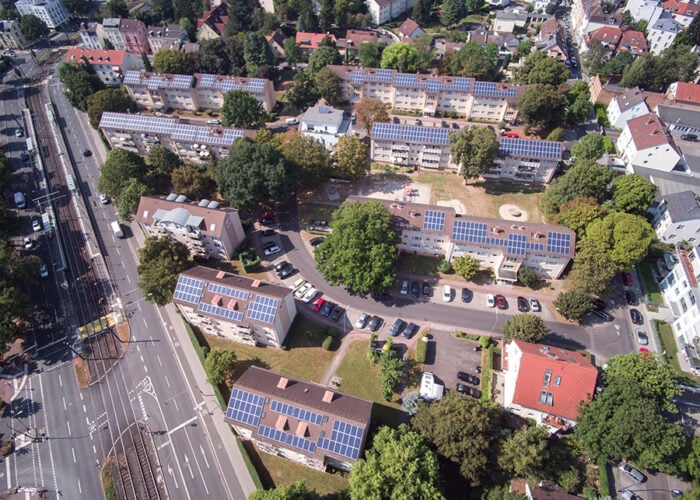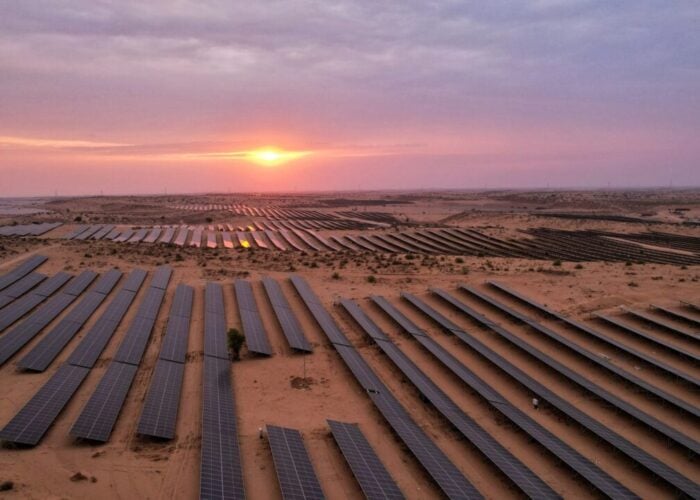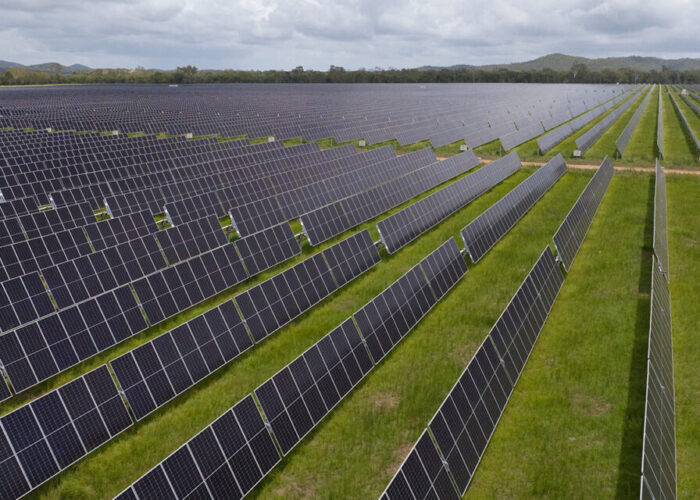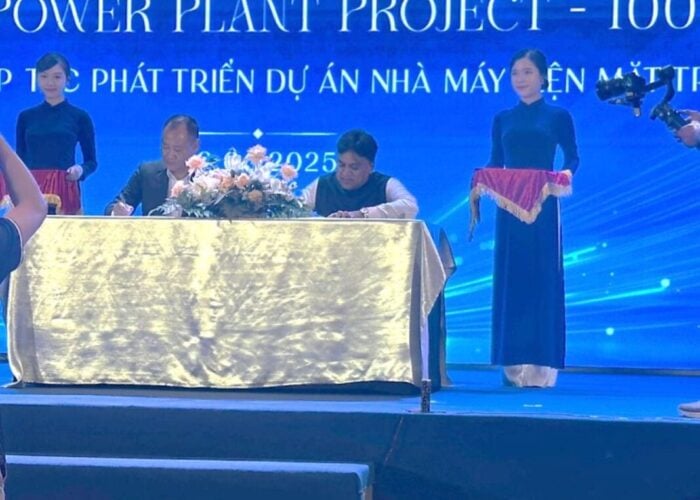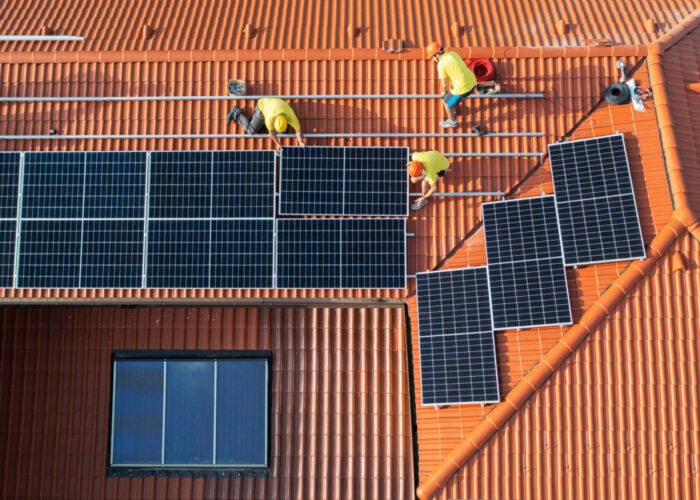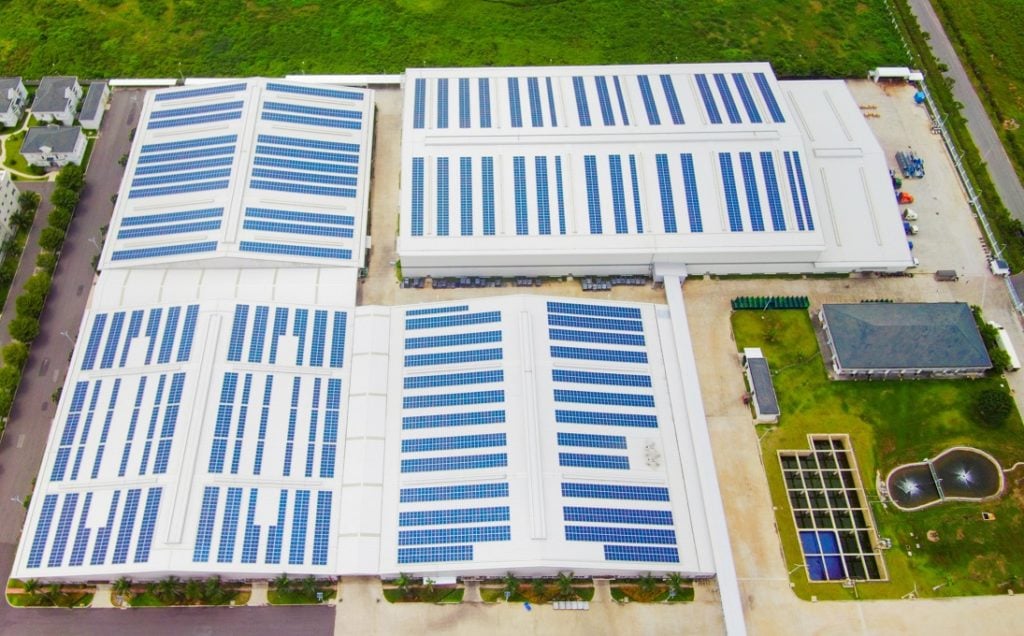
Vietnam is to slash feed-in tariffs available for rooftop solar installations from next month by as much as 38% in a bid to address grid pressures in the country, local media has reported.
The Dai Doan Ket newspaper has cited Hoang Tien Dung, head of the Ministry of Industry and Trade’s Electricity and Renewable Energy Authority, as stating that tariffs will be cut by between 31% and 38% to between US$0.052/kWh and US$0.058/kWh, depending on the system size.
Unlock unlimited access for 12 whole months of distinctive global analysis
Photovoltaics International is now included.
- Regular insight and analysis of the industry’s biggest developments
- In-depth interviews with the industry’s leading figures
- Unlimited digital access to the PV Tech Power journal catalogue
- Unlimited digital access to the Photovoltaics International journal catalogue
- Access to more than 1,000 technical papers
- Discounts on Solar Media’s portfolio of events, in-person and virtual
Under the feed-in tariff 2 (FIT2) scheme, which closed to new applicants on 31 December 2020, tariff rates were as high as US$0.0838/kWh.
The new tariffs will come into effect from next month, and have been designed to address pressures on Vietnam’s transmission grid created by a surge in solar installations witnessed last year as the highly successful feed-in tariff 2 scheme drew to a close.
Rooftop solar installations skyrocketed in Vietnam in late 2020, with more than 6.7GW of solar installed in December 2020 alone. Combined with utility-scale and C&I installs, around 9GW of solar was installed in Vietnam last year.
That installation influx took Vietnam’s total installed solar capacity to nearly 16.5GWp (13.16GWac), and the surge in solar installs has led to concerns over grid stability in the country, particularly around solar’s generation peak around midday and between 5:30 – 6:30pm, when demand peaks and solar’s generation curve fades.
For more on Vietnam’s solar policy, read our recent feature article by Edgar Gunther, Unravelling the past, present and future of solar policy in Vietnam, which is available via PV Tech Premium.

